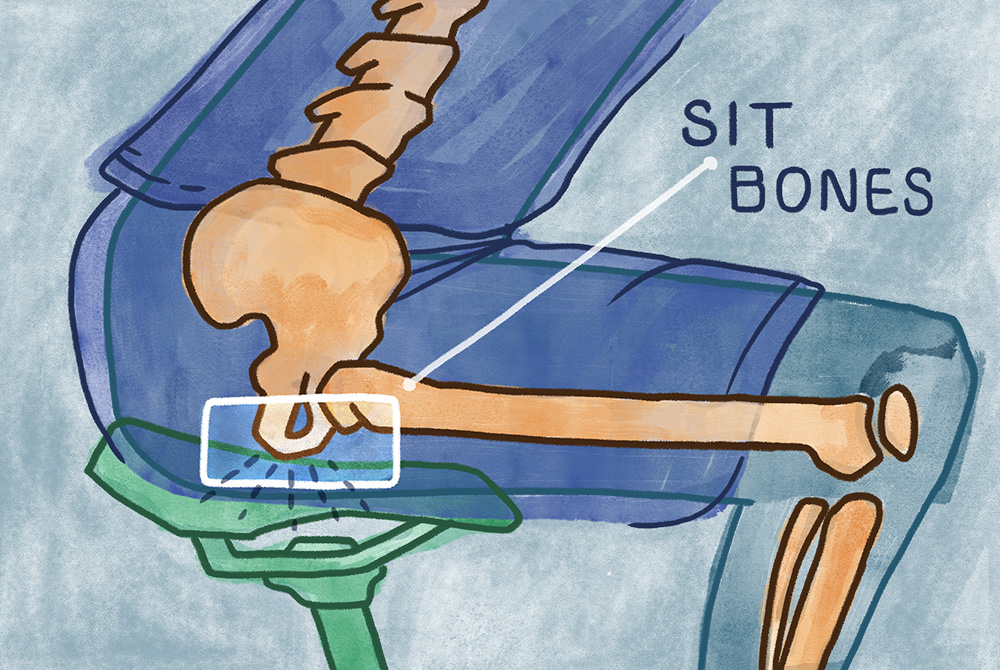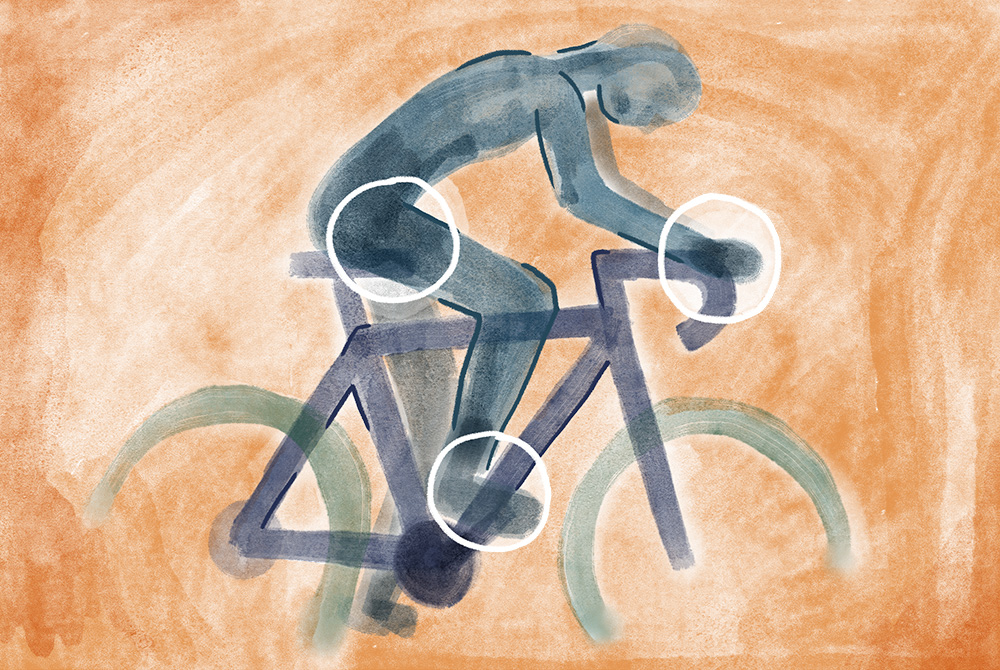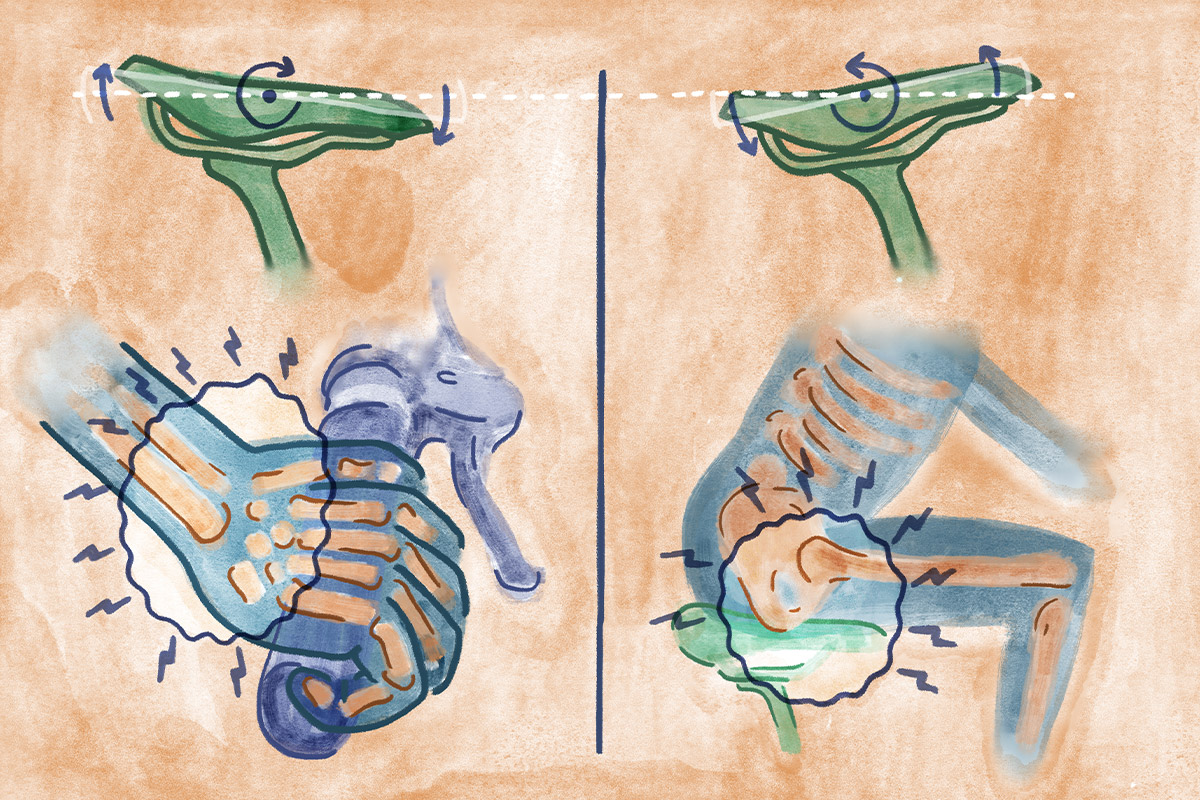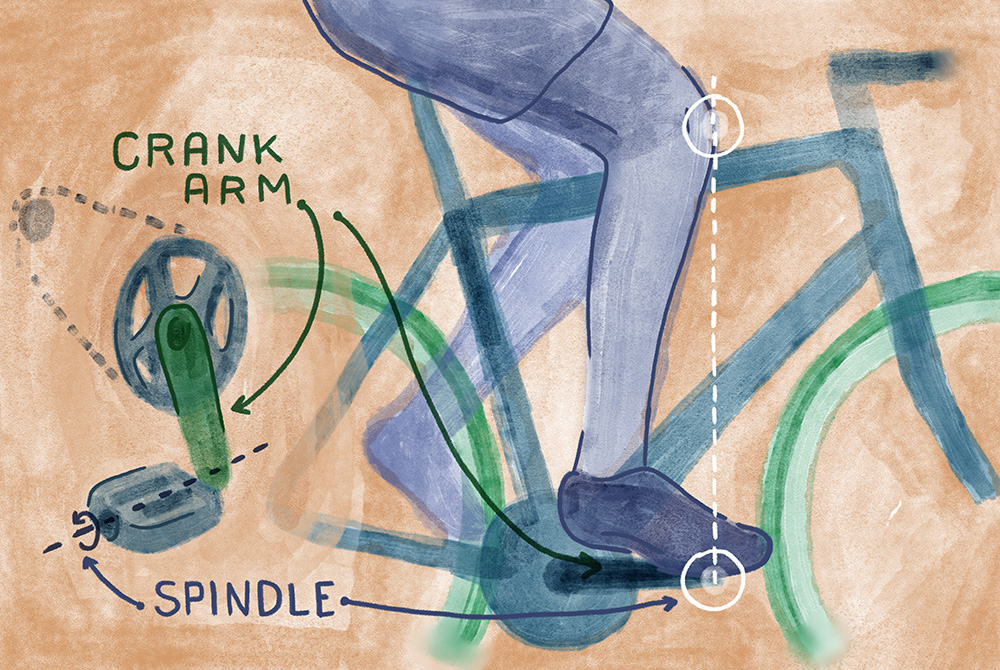Make It Fit: Saddle Adjustments for Women
I have a long history of riding off into the sunset on bicycles that don’t fit me or barely work. In 2010, I pedaled across the Andes on a bike I bought from the son of a shaman for $50 and a kiss. A few years later, I rode around Costa Rica on a Craigslist Stumpjumper with a bent rim and a zip-tied rack. And just last year, I commuted up a mountain every day on a bike with a saddle so corroded that it tore holes in my shorts.
These experiences have taught me a lot about what can go wrong with the position of your bike saddle and fit of your bike. I have very little experience with fancy bike parts or top-of-the-line gear. But over the years, I have cultivated a positive attitude toward troubleshooting, and this perspective has allowed me to keep going, keep learning, and keep adventuring on any bike that rolls.
However, like many women who ride bikes, I used to accept a certain amount of saddle pain. And it hasn’t been until recently that I’ve found a saddle and saddle position that work well for me in a way that made me realize, “Ohhhhhhh … oh I seeeeee … ”
When you ride a bike, your crotch — your vulva, your hooha, your lady garden — should not hurt.
If you are new to cycling or are riding long distances, some amount of soreness is normal. (If you sit on anything hard for a long time, some amount of soreness is normal.) But persistent, sharp pain and swelling in your soft tissues is not. Cycling should not cause this type of pain, and if it does, you have a problem that you can solve by troubleshooting your saddle adjustment and saddle selection.

Why Cycling Can Be a Pain in the Crotch
For women, crotch pain is often caused by excessive pressure on the soft tissues of the vulva. When you sit on a bike saddle, your weight should rest on your sit bones, which are the two bony points at the bottom of your pelvis. If too much of your weight rests on the vulva itself (your labia and its neighbors), these soft tissues will become painful, swollen, or numb.
Excessive pressure on the vulva is often caused by incorrect adjustment of the saddle height, tilt, and fore/aft positioning; incorrect adjustment of the saddle in relation to the overall bike fit; or incorrect saddle selection. However, it’s important to remember that there is no exact “right way” that works for everyone. Correct adjustment means adjusting the bike to fit your own individual body and riding style. It all about you and how you feel when you ride.

Saddle Adjustment: Height
The height of the saddle balances your weight between your three main contact points: your feet, your hands, and your crotch. If the saddle is too low or too high, it will force weight away from your feet or hands and onto your crotch. In general you should have a slight bend in your knee at the point of full extension. Adjust the saddle height in small increments until you feel balanced between your three contact points when you ride.

Saddle Adjustment: Tilt
Adjust the saddle to a neutral position. The nose should not point significantly up or down. If the nose points upward, it could dig into your soft tissues; if it points down, you may slide forward onto the narrow end of the saddle. Downward tilt can also create excessive pressure on the hands and cause wrist pain.

Saddle Adjustment: Fore/Aft
In general, when you push your pedal so the crank arm (the piece of metal that connects your pedal to the rest of the bike) is horizontal to the ground, your kneecap should be positioned directly above the pedal spindle (the center piece of your pedal which rotates on bearings).
You can measure this by setting your bike on a flat surface and dangling a plumb bob from your kneecap to the pedal spindle. I have passed several fond hours tying up homemade plumb bobs and dangling them down my legs in parking lots. Some people swear by this method — I mostly just swear when I try this method.
For most beginners, what’s important is to understand is that fore/aft position is adjustable and has an effect on your saddle comfort and overall bike fit. If you’re not sure how far forward or backward to position your saddle, start with it in the middle and make small adjustments from there.
Bike Fit
The human body is a miracle of geometry, and so is the bicycle. But bodies and bikes also come in all shapes and sizes. The saddle is always adjusted in relation to the other components of the bike, and the whole bike is adjusted in relation to your particular body.
If you go through all of your basic saddle adjustments and still have issues, the problem may actually be coming from a poor fit in another area. For example, your bike frame could be too big or too small, or your handlebars might need to be raised or lowered. If this is the case, you might consider getting your fit assessed at a bike shop or by physical therapist.
Saddle Selection
Hopefully, once you’ve done the troubleshooting for saddle adjustment and bike fit, you’ll jump back on your bike and say, “Ohhhhhh … oh, I seeee! This feels great!” But if you do all these things and cycling is still a pain in the crotch, it may be time to invest in a different saddle.
One important challenge for women is that most bike saddles are standardized to fit male bodies. Women tend to have wider sit bones than men, which means we often (though not always) need slightly wider seats. There are now (finally!) seats on the market that are made specifically for women’s anatomy.
Given the wide variation in people’s butts, choosing a saddle is very personal. The saddle your friend loves might not work well for you at all. Your best bet is to try out a few different ones before you make a purchase, and see what actually feels good.
Getting Back in the Saddle
As part of my research for this article, I reached out to my adventure cycling friends about their experiences with saddle adjustment and pain. Some of them have never had any issues, while others shared stories on a whole range of saddle dramas.
Kara de los Reyes wrote about touring England on a secondhand saddle that wore down so much that it flipped upwards every time she shifted her weight.
Bikepacker Pepper Cook offered an anecdote about replacing her Brooks saddle with a new one right before leaving on a bike tour: the new saddle sat high because it wasn’t broken in yet, and this threw off her whole bike fit.
Hillary Goulet (who currently rides a lovely singlespeed she found in a landfill) described the time she “smashed her clitoris” when she braked suddenly on a bike that was too big for her.
Even though these experiences were often awkward and painful, these women approached their situations with a sense of humor and a willingness to make some changes, get back in the saddle, and try it again. And that’s really what cycling is all about.
The endurance element of cycling should not be about enduring unnecessary pain. If cycling becomes a pain in the crotch, this is a problem you can solve. It might be a quick fix or it might take some time and some tinkering, but either way, your labia and its neighbors will thank you.


